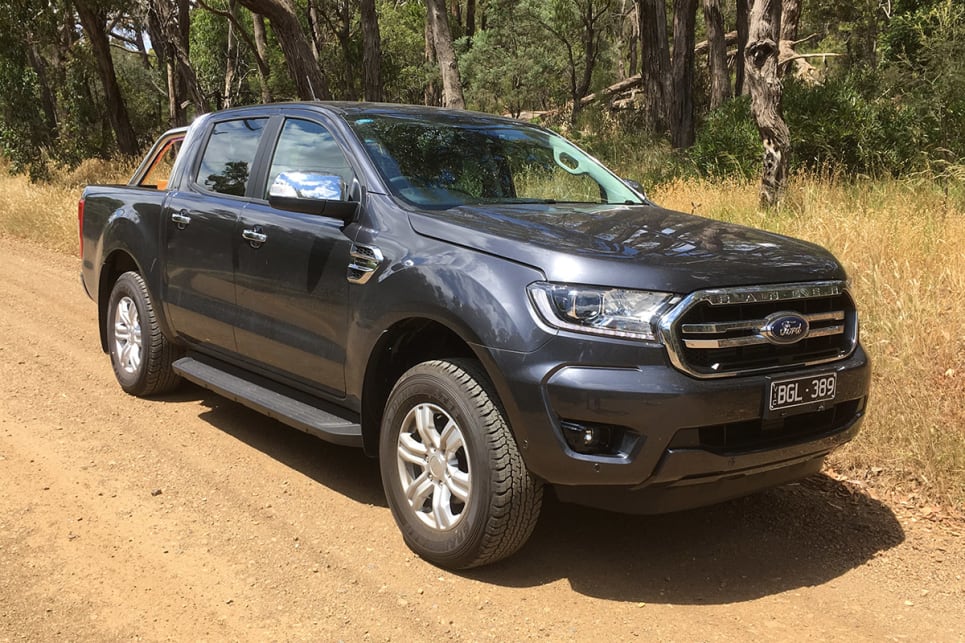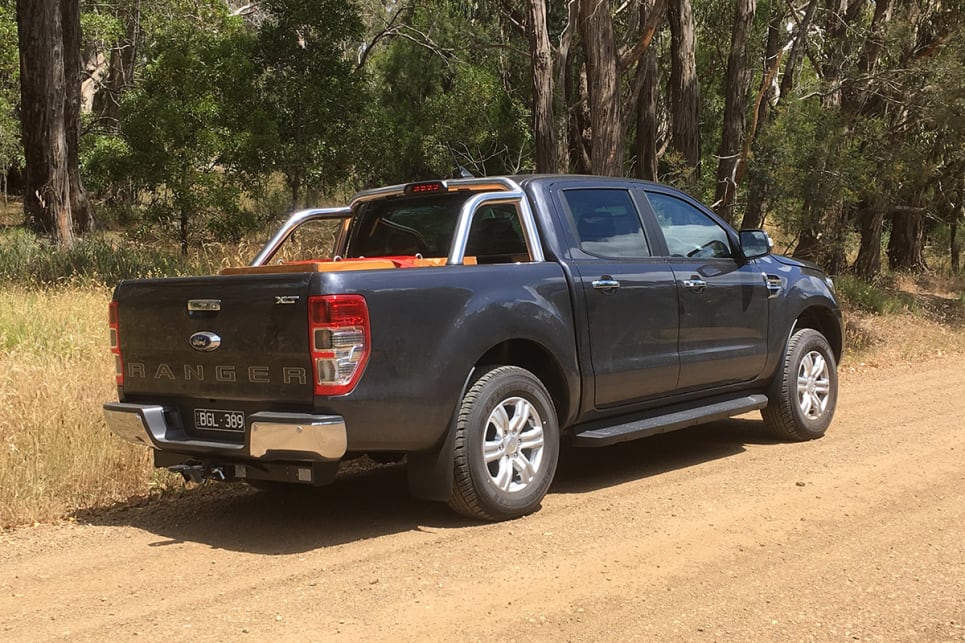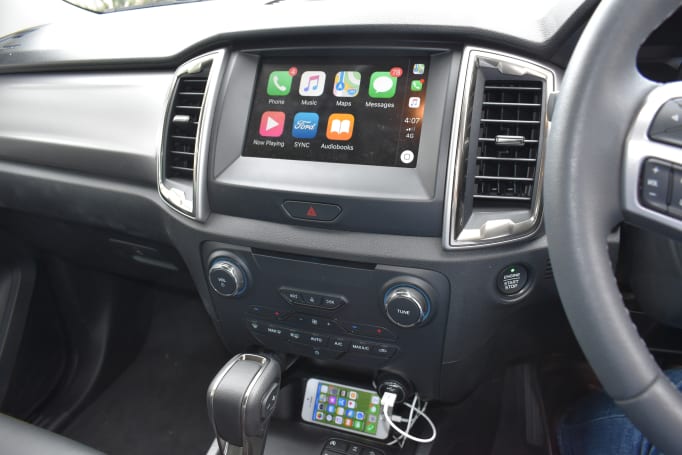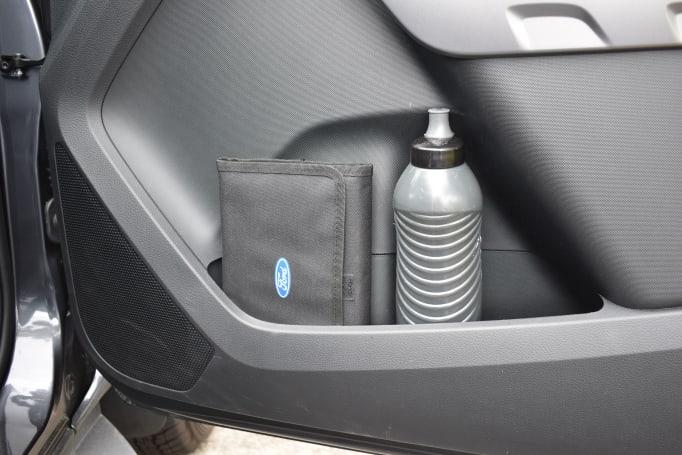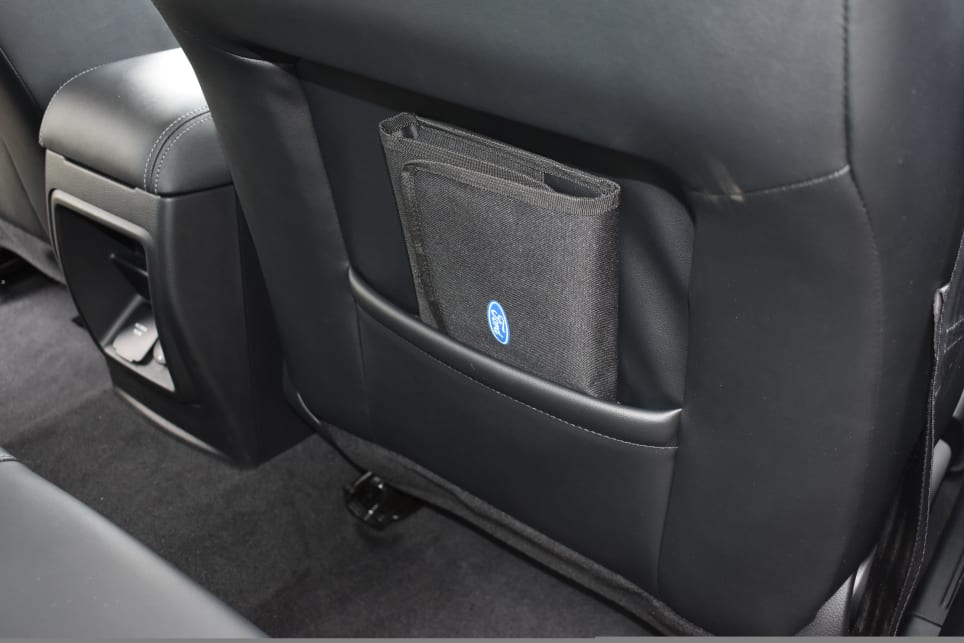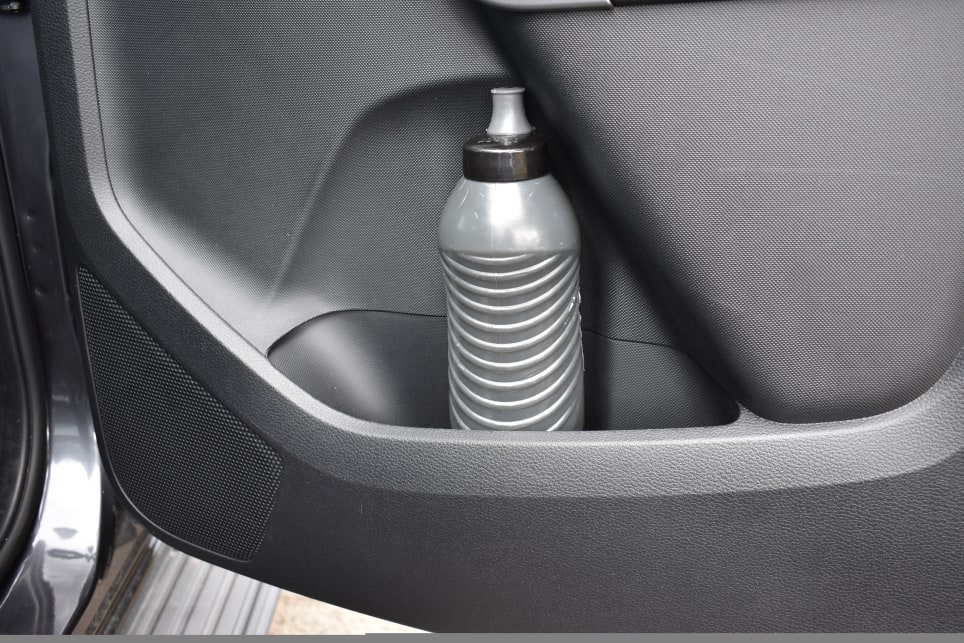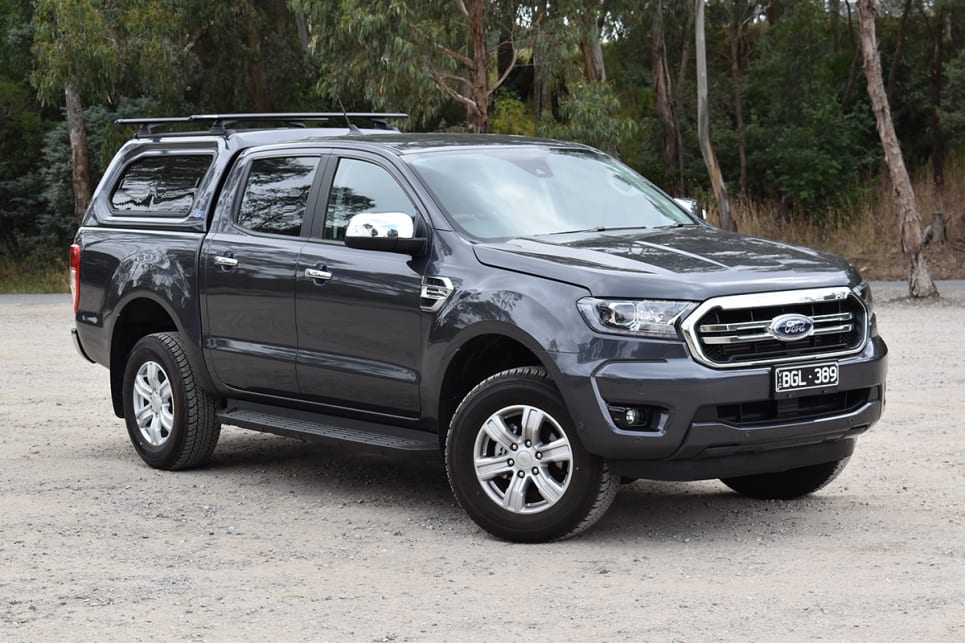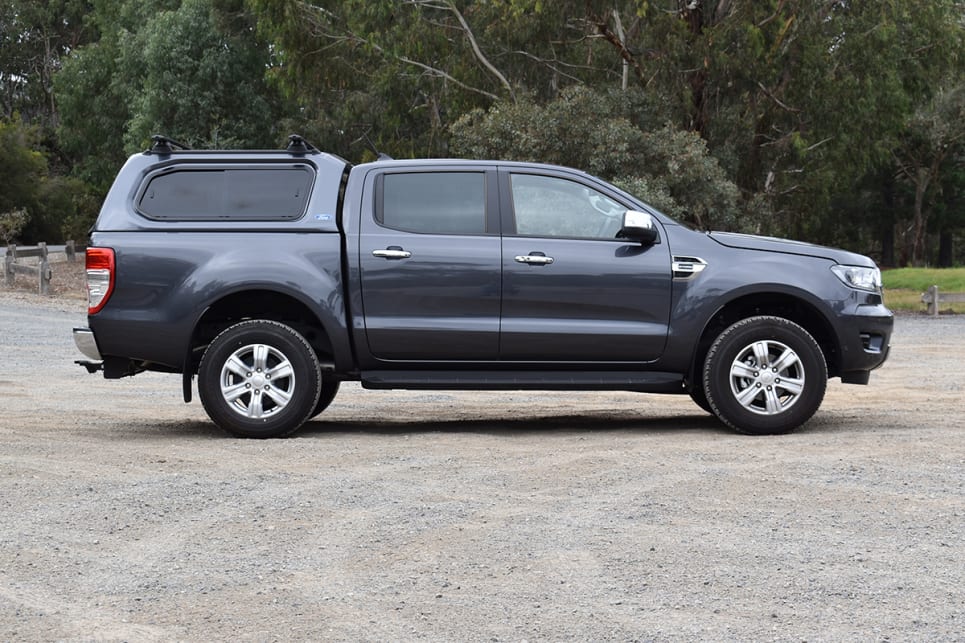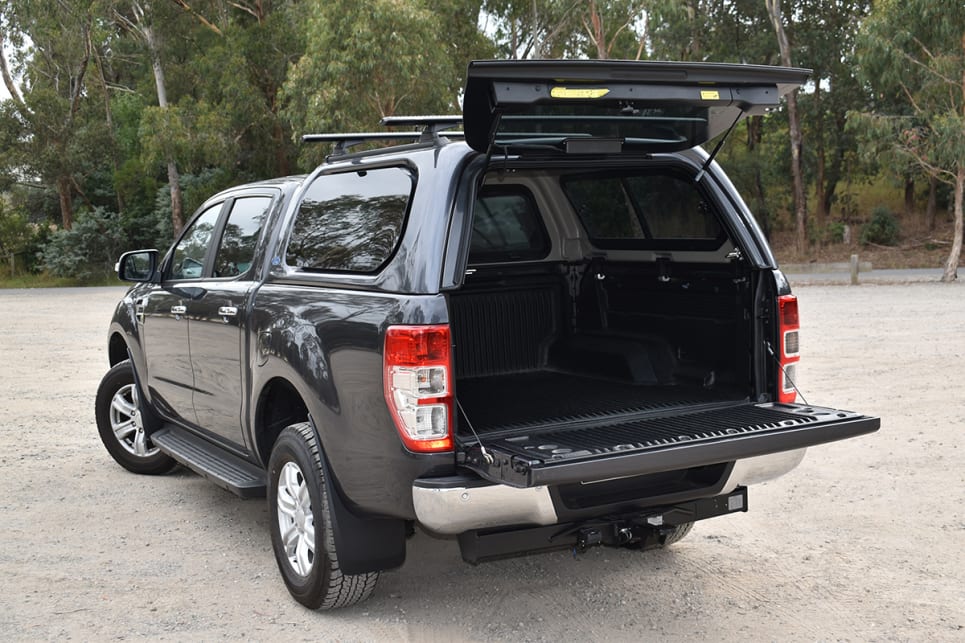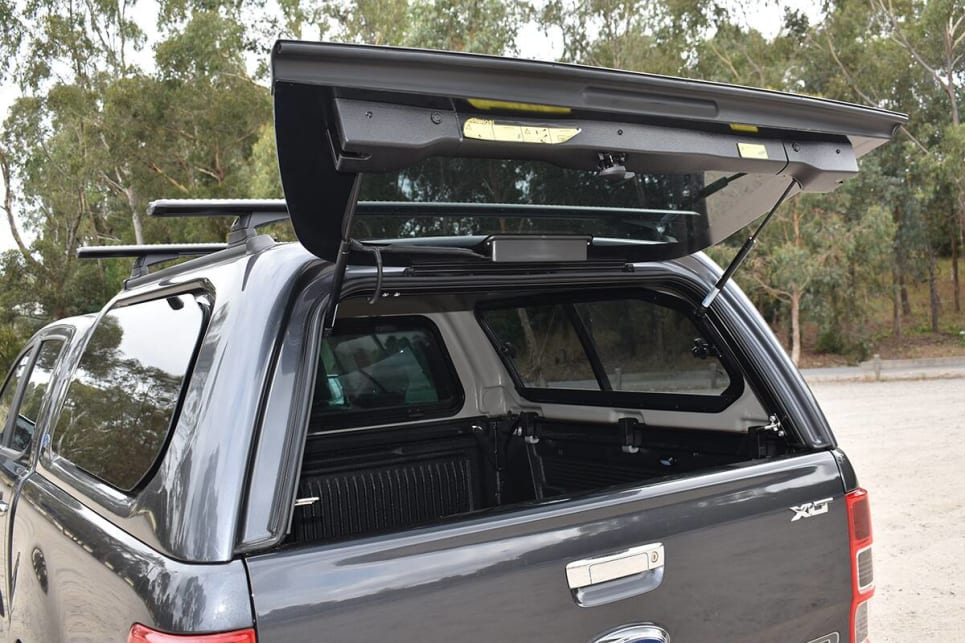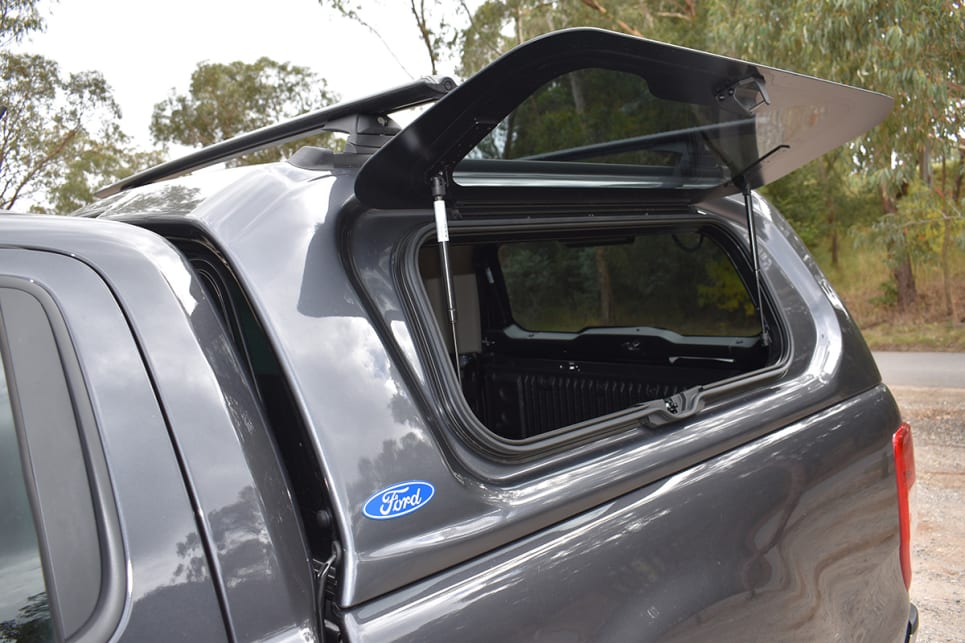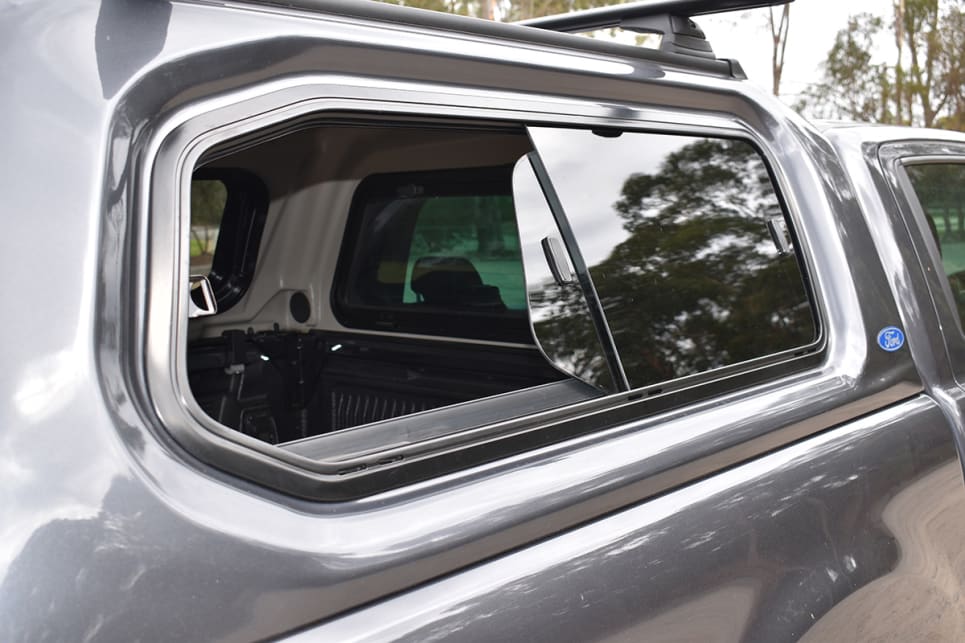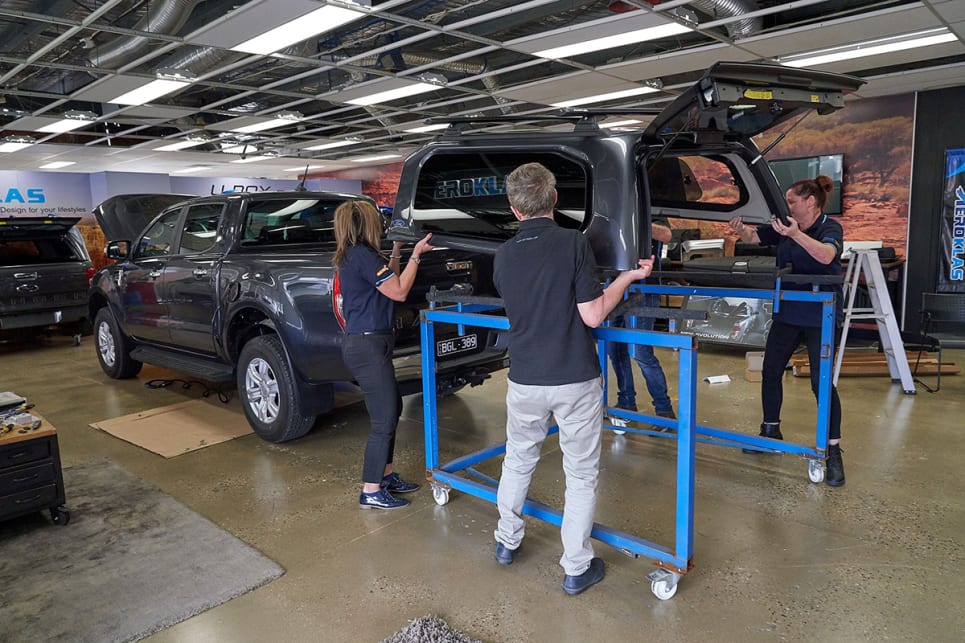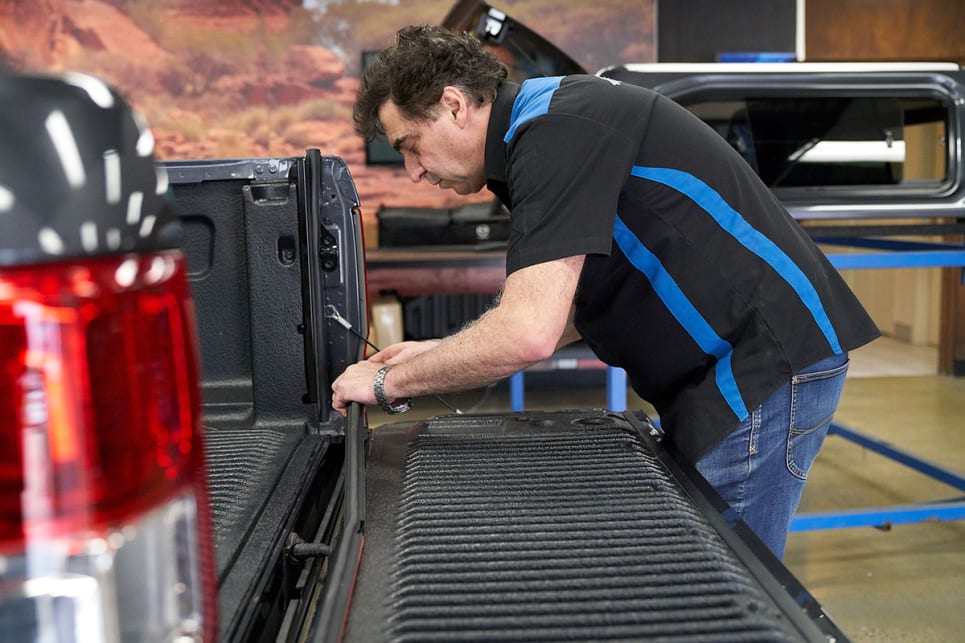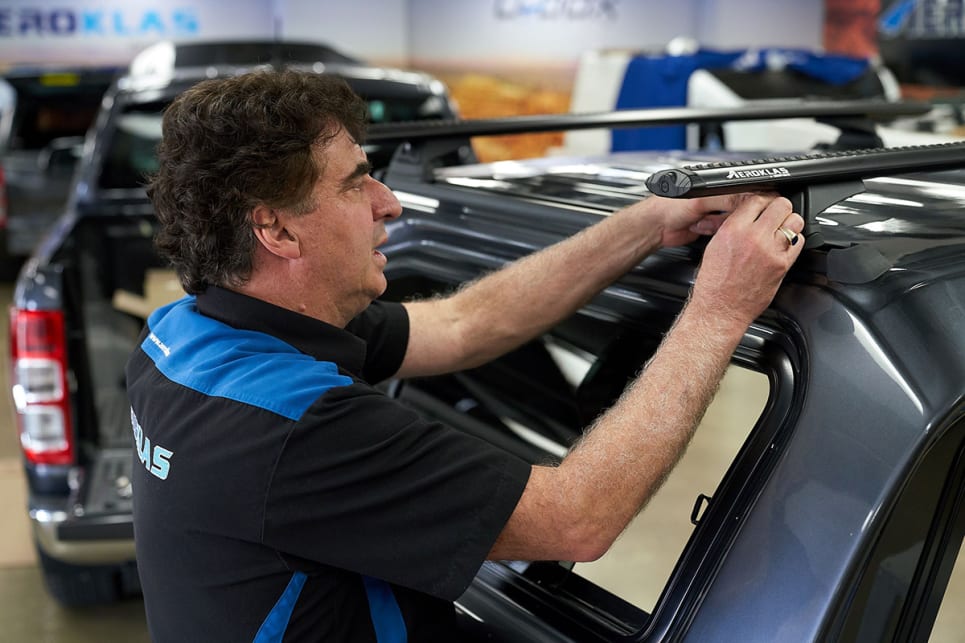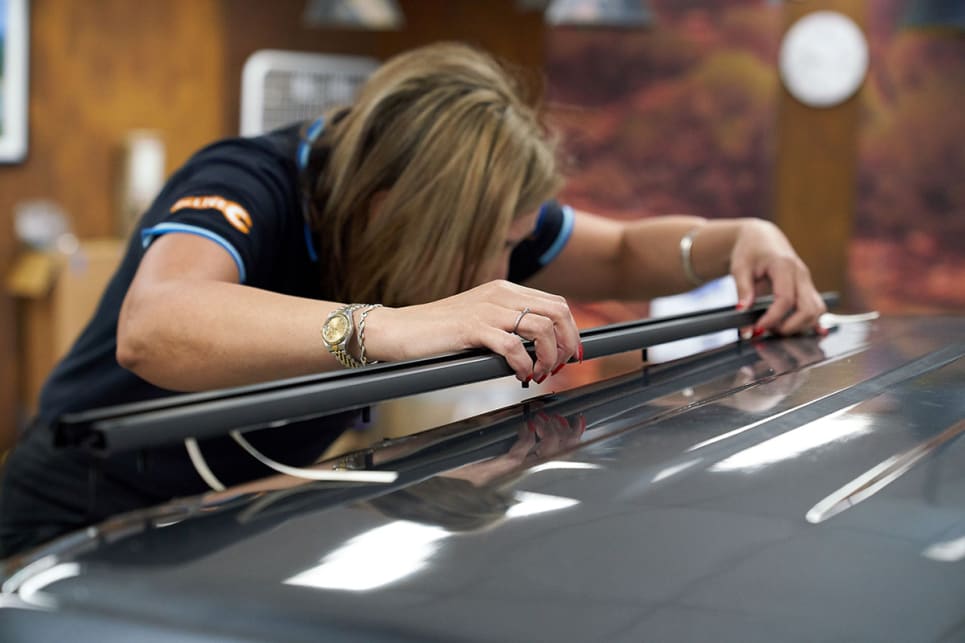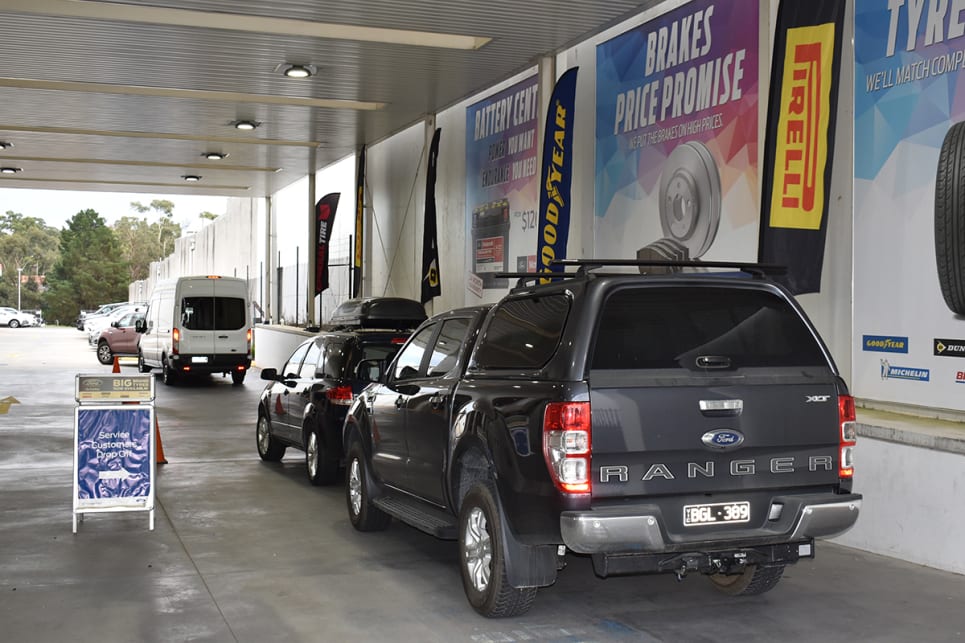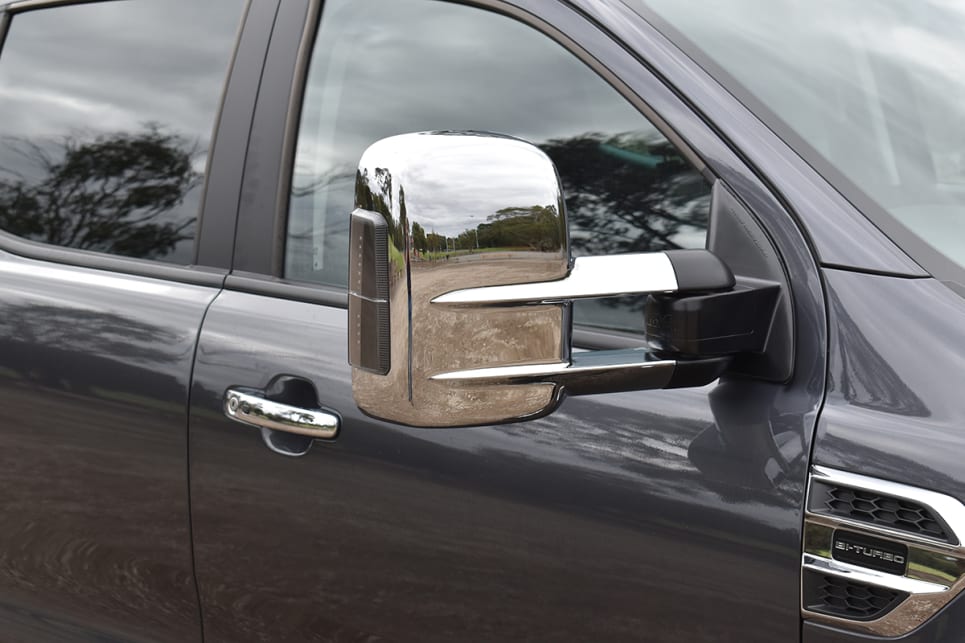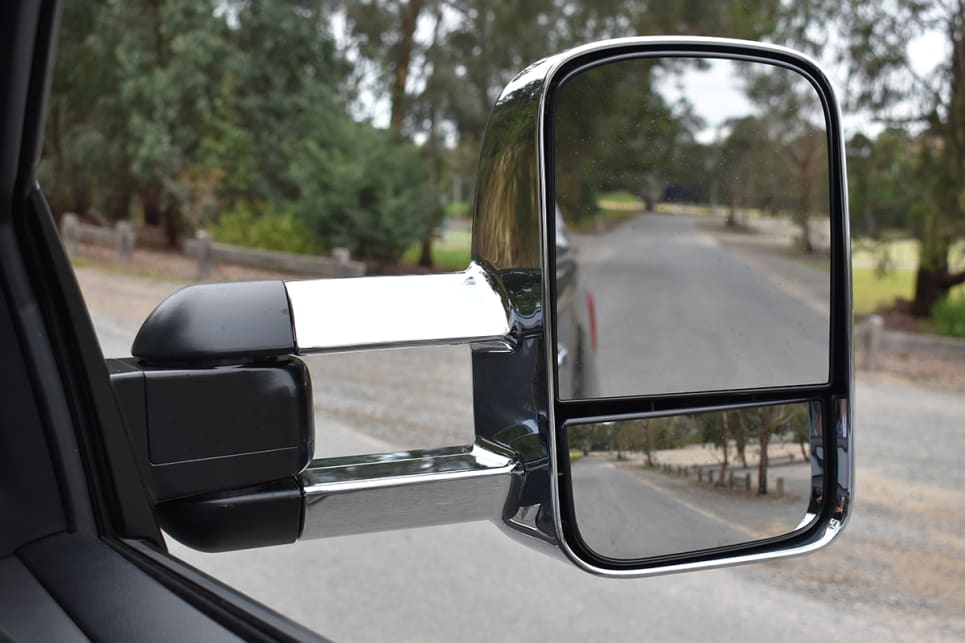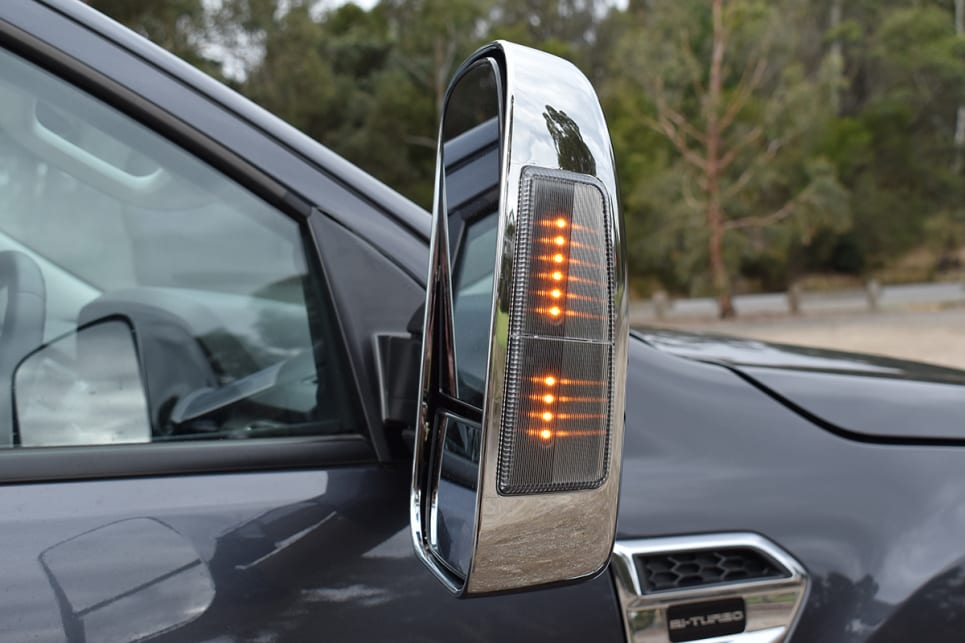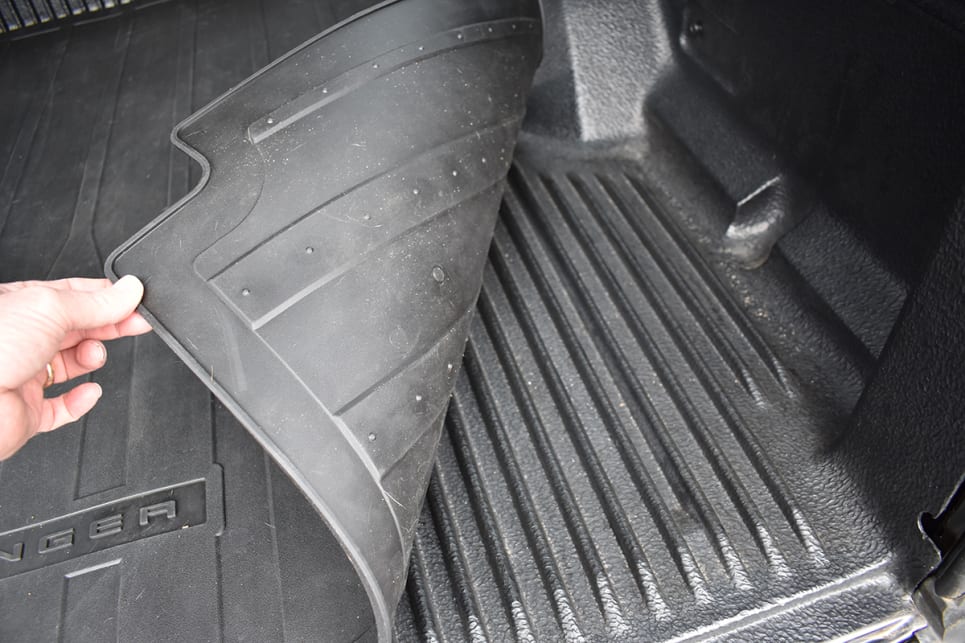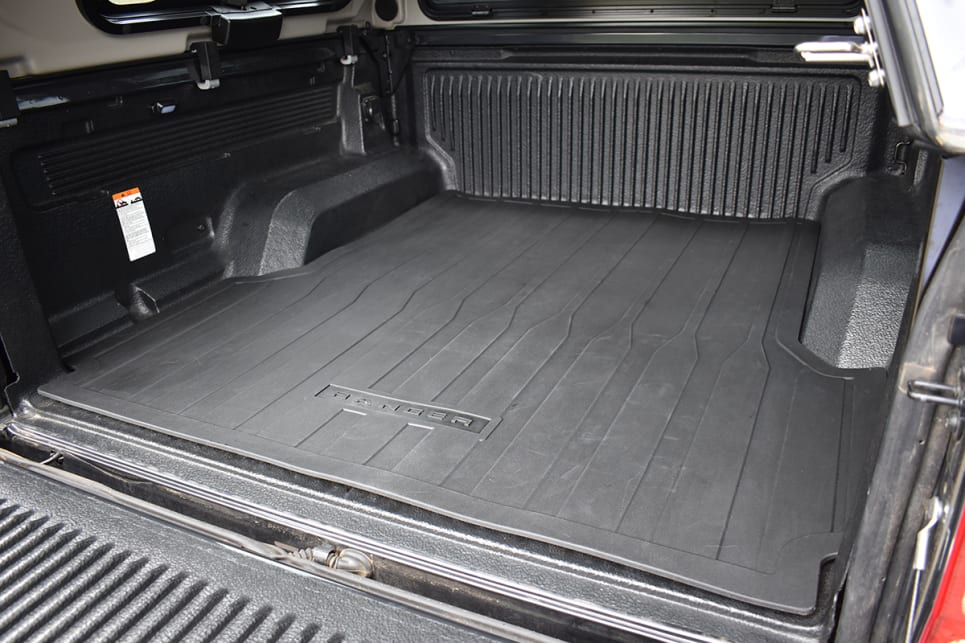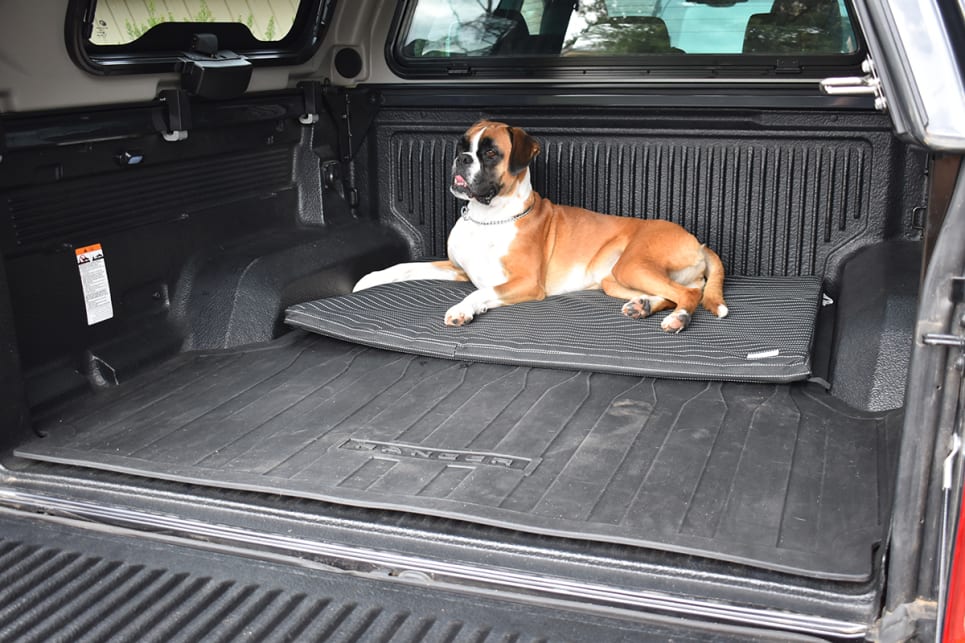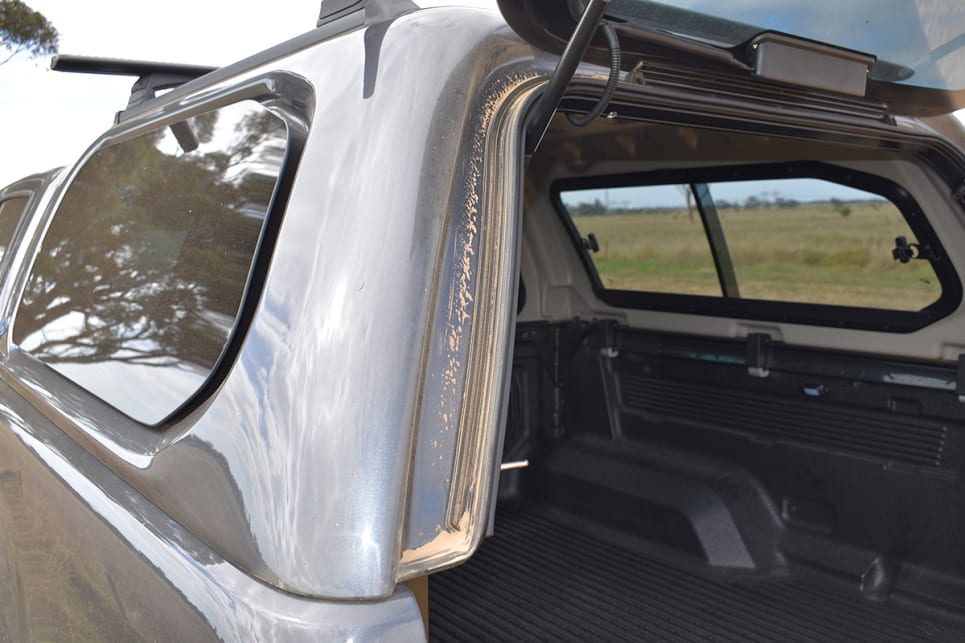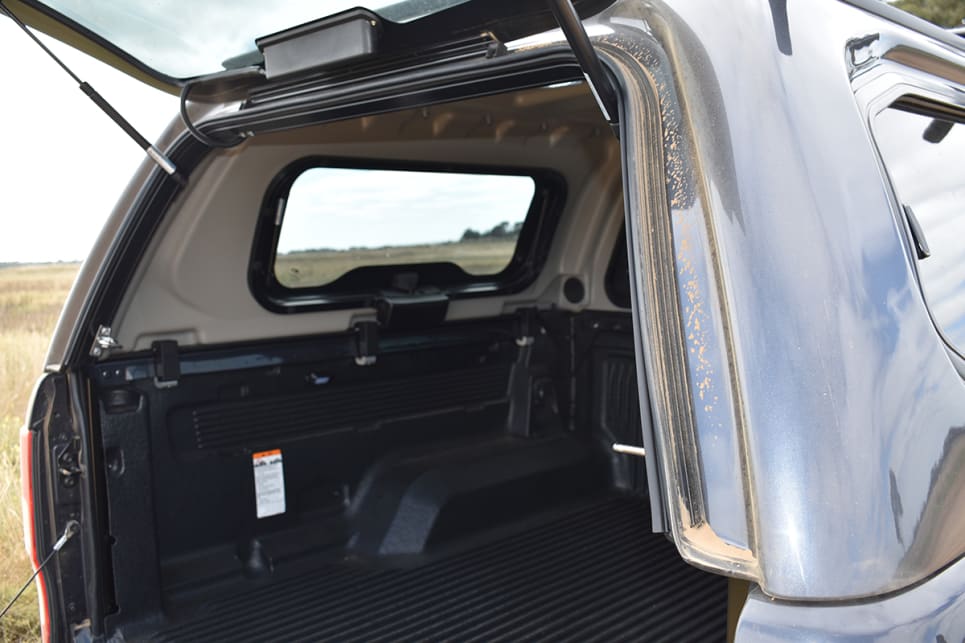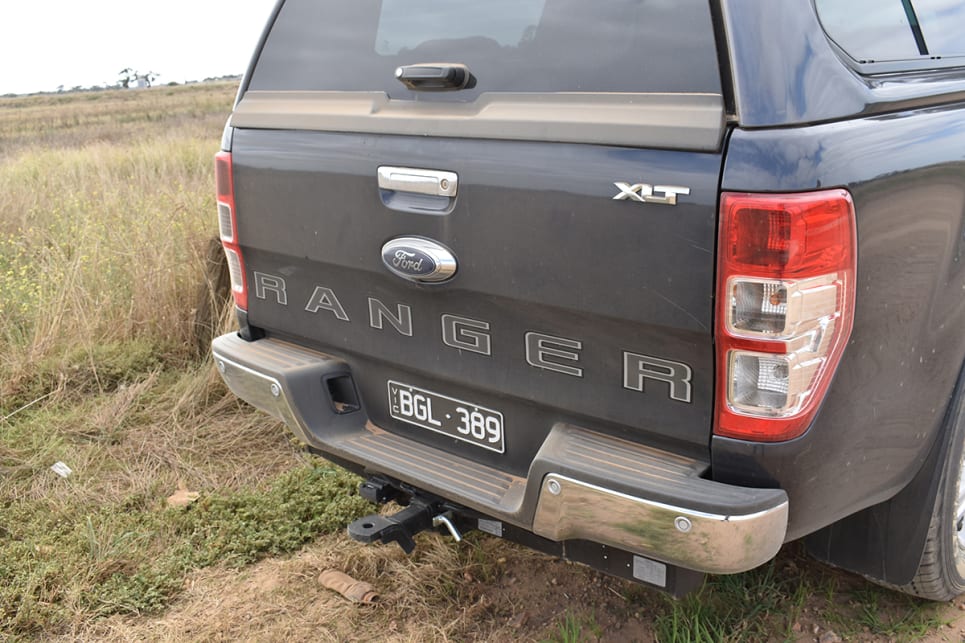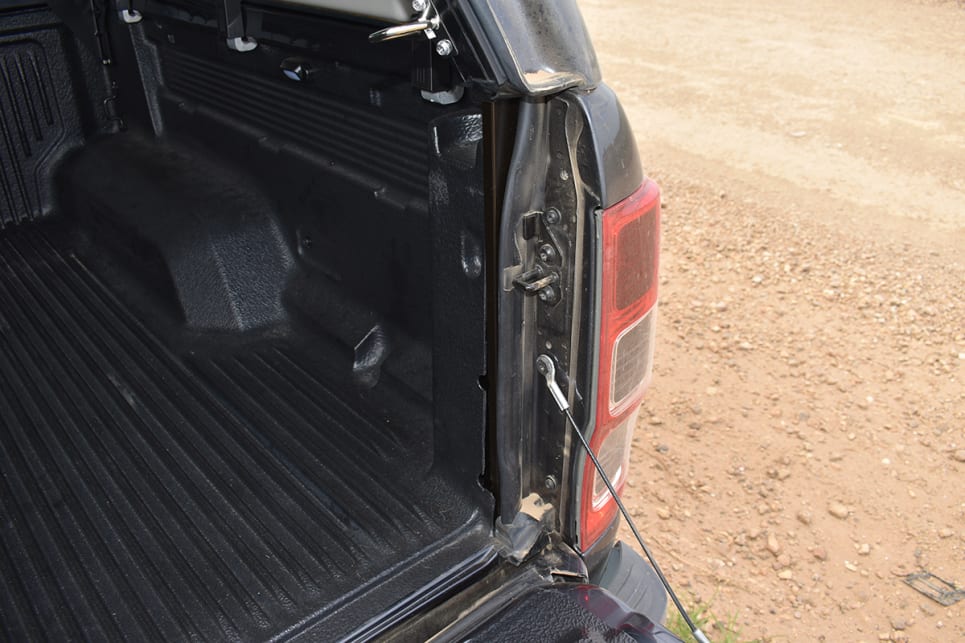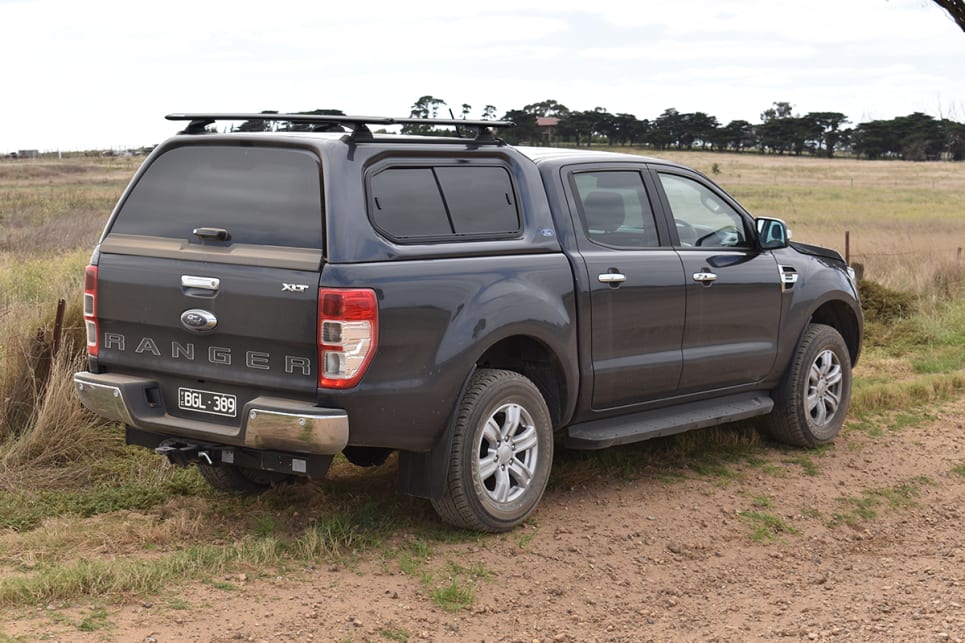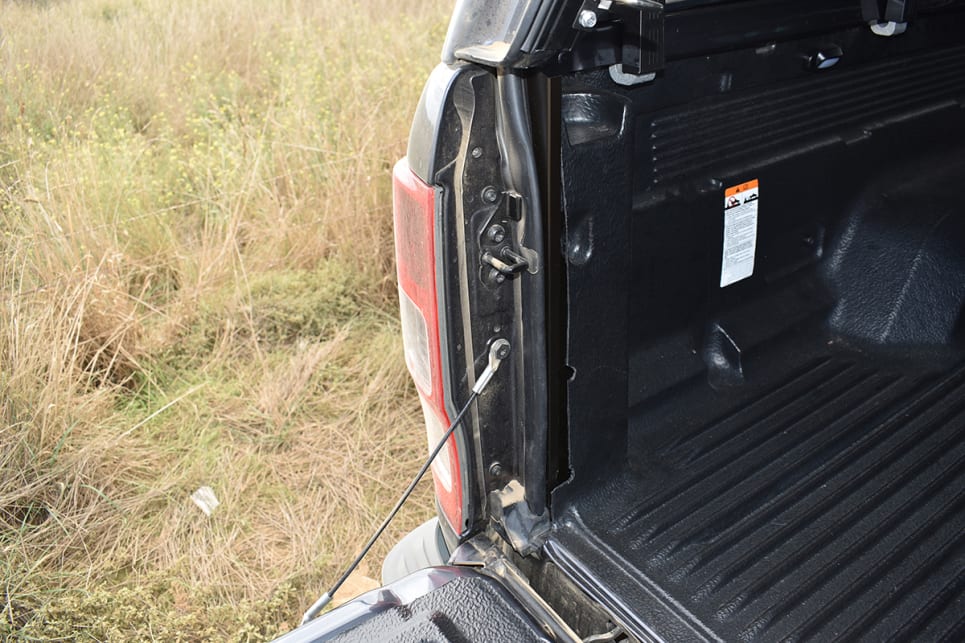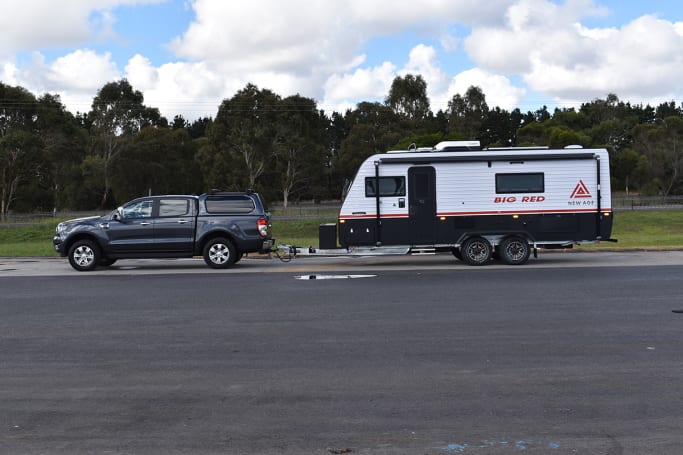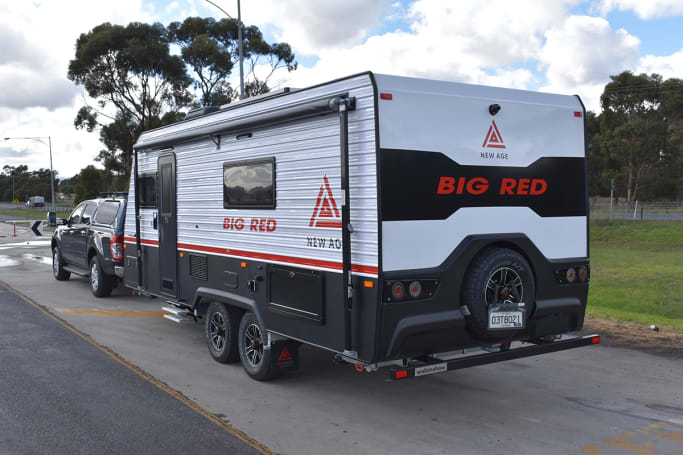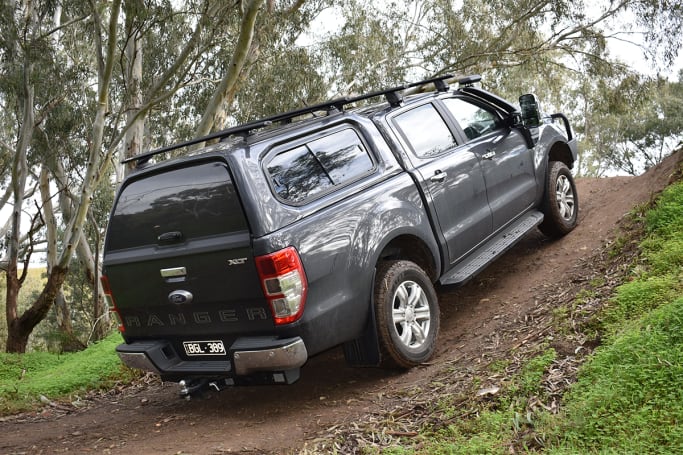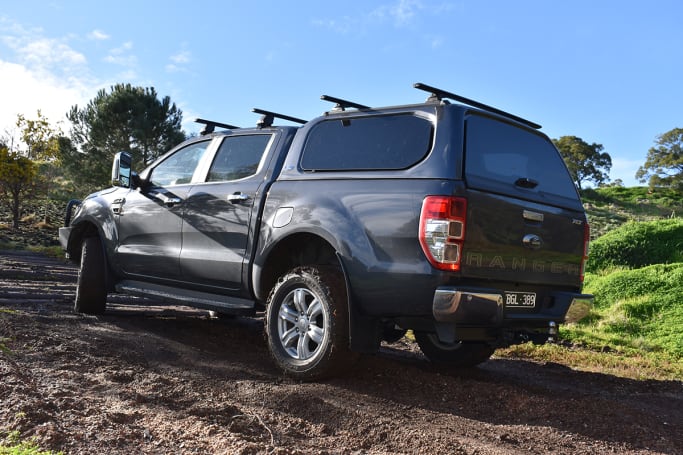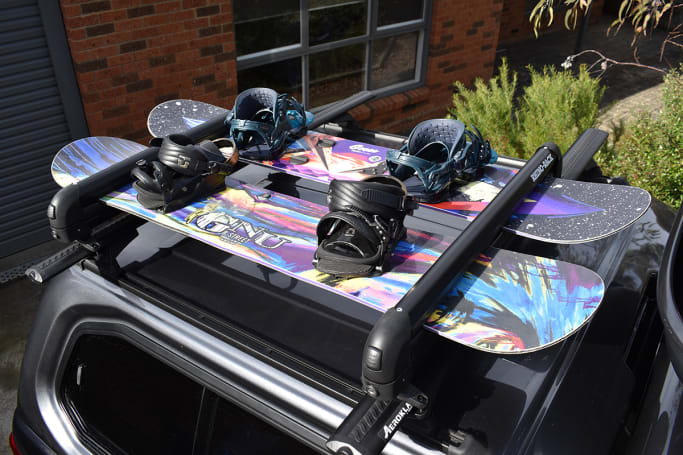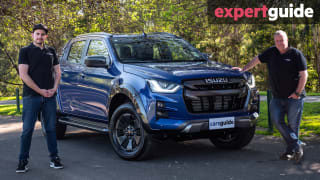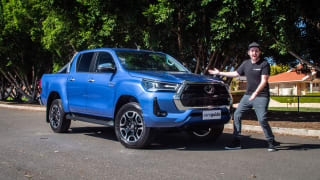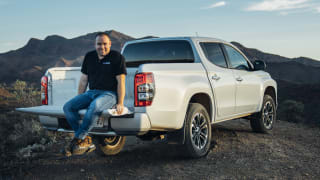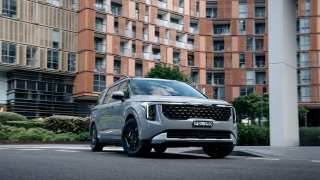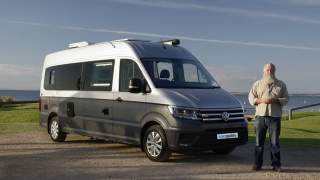It’s remarkable to think that more than a decade has passed since the PX Ford Ranger, codenamed T6, made its debut at the Sydney International Motor Show in October 2010.
I can still vividly remember the sense of expectation the following year, not long after the Ranger arrived in showrooms, when I borrowed one from Ford’s press fleet for a solid week of testing. It certainly met my expectations and, in most areas, exceeded them. In fact, I was astonished at how good it was and, I must say, also chest-pumping proud that it had been designed and developed in Australia.

Explore the Ranger Wildtrak in the Ford Tradie Workshop
Since then the Thai-built PX Ranger has become Ford Australia’s greatest success story, which was timely given the demise of the all-Aussie Falcon in 2016 which had been the blue oval’s mainstay for decades. During the past 10 years the PX Ranger has evolved through PX, PXII and PXIII upgrades and greatly expanded its choice of models, from the most basic 4x2 XL single cab-chassis workhorse to the top-shelf 4x4 Wildtrak and Raptor lifestyle machines.
Along the way it has won countless industry and media awards and presented a formidable challenge to the long-entrenched sales dominance of the 4x4 Toyota HiLux. In fact, according to the latest VFACTS figures for October, the Ranger holds a sizeable lead over its Toyota nemesis in 2020, commanding 24.9 per cent of the 4x4 ute market compared to the HiLux’s 21.6 per cent share.

Ford recently offered CarsGuide the keys to a fresh-off-the-ship Ranger XLT dual cab, with the latest FordPass connectivity and optional leather-accented trim, for an extended six-month review. Naturally, I was keen to get reacquainted after the Ranger’s first decade on sale and see how the latest version performed in the dual roles of weekday workhorse/weekend fun machine, but over a much longer time frame than the usual seven days.
So, why is the Ranger such an enduring hit with Aussie buyers? Let’s start with price which although positioned at the high end of the pay scale is obviously not a deterrent.
For example, our 4x4 XLT dual-cab ute with 2.0-litre four-cylinder twin-turbo diesel and 10-speed torque converter automatic has a list price of $60,940, which exceeds similar sub-premium model grade rivals like the Toyota HiLux SR5 ($59,920), the new Isuzu D-Max LS-U ($56,900), Nissan Navara ST-X ($55,750) and the always bargain-priced Mitsubishi Triton GLS ($47,940).
Our test vehicle also came equipped with the XLT’s optional leather-accented seats ($1500), XLT Tech Pack comprising adaptive cruise control with forward collision alert/semi-auto active park assist ($800) and prestige paint ($650), which bumps the list price up to $63,890.

Good looks are a strong selling point here, as the PX Ranger has always been a handsome beast. There have been numerous facelifts during the past decade to freshen up the styling but the overall proportions were spot-on from the start, so Ford hasn’t had to work too hard in keeping the Ranger looking its best.
Those good looks are more than skin-deep, as the Ranger offers one of the more spacious dual-cab ute cabins, even for my two long-legged teenagers in the back seat. It's also a competent hauler of heavy loads and an excellent towing platform, which when combined with its competent off-road performance makes it one of the best all-rounders. Backing it with a five year/unlimited km warranty and capped-price servicing adds to buyer peace-of-mind.
It not only looks good but the Ranger dual cab ute is big too, with its hefty 2197kg kerb weight, expansive 3220mm wheelbase and imposing 5446mm length. It’s 1977mm wide with the mirrors folded and stands 1821mm tall.
Even so, it tends to shrink around the driver the more time you spend behind the wheel. And with its sizeable door mirrors, reversing camera and parking sensors, combined with speed-sensitive electric power steering (that’s feather-light at parking speeds) and 12.7-metre turning circle, the XLT is easy to manoeuvre into most parking spots.
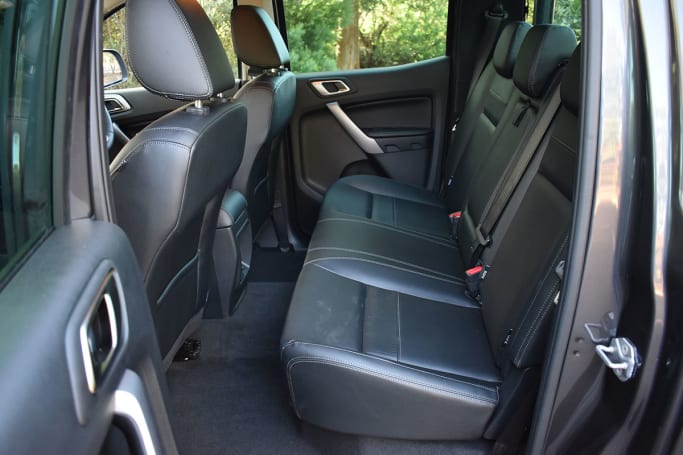
I know this because my petite wife can operate this jigger with total confidence, with the sidestep and A-pillar grab handle making for easy entry. With the driver’s seat further forward than my setting and cranked as high as it can go, she’s definitely a Ranger fan, which might explain why I see so many other suburban mums comfortably running urban chores in Ranger dual cabs each day.
It features a traditional body-on-frame design with rugged fully-boxed ladder-frame steel chassis. Front suspension is independent with coil springs while the live rear axle relies on traditional leaf springs. Ford engineers have done a masterful job in finding the right compromise between load-carrying ability and unladen ride quality, which has always been a PX Ranger hallmark. There’s also a one-tonne-plus payload rating, 3500kg braked towing capacity and five-star ANCAP safety rating that ticks every box.
XLT buyers have a choice of 2.0-litre four-cylinder twin-turbo with 157kW/500Nm like our test vehicle or the venerable 3.2-litre five-cylinder single turbo with 147kW/470Nm. Both are backed by a refined 10-speed torque converter automatic transmissions and part-time, dual-range 4x4 transmission with rear diff lock.
Unique to the XLT is the most generous serving of chrome you can get in a Ranger, including the grille, exterior door handles, tailgate handle, door mirrors, rear bumper and tubular rear sports bar. It doesn’t extend to the wheels (thankfully) which are chunky, good-looking 17-inch alloys with 265/65 R17 road-biased tyres and a full-size spare.
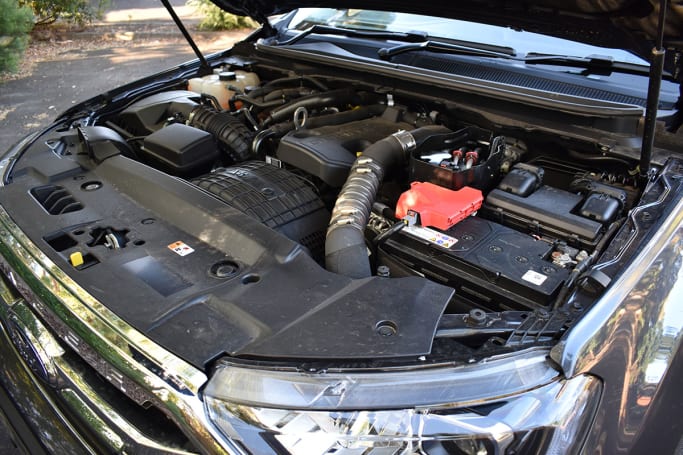
And being third in line to the throne behind Raptor and Wildtrak, the XLT comes with plenty of standard kit including front fog lights, privacy glass, side steps, rear sports bar with load tub light, tow bar, full bed-liner with 12-volt accessory socket and more.
Inside there’s a leather-wrapped steering wheel and gearshift, six-way manual adjustable driver’s seat, dual-zone climate control, smart keyless entry/push button start, two 12-volt outlets and 230-volt inverter plus plenty of storage options.
Plus there’s the six-speaker multimeda system featuring SYNC 3 voice-activated controls and sat-nav, Apple Car Play, Android Auto, Bluetooth and DAB+ digital radio. The big 8.0-inch colour touchscreen and its highly intuitive software sets an industry benchmark for ease of use.
This now includes new FordPass Connect which when paired with the FordPass app on your smartphone opens a new dimension in connectivity, including remote vehicle monitoring and health alerts, remote start/stop, remote lock/unlock, vehicle locator and live traffic updates. I look forward to putting these features to the test during the coming months.

The XLT only had 211km on the odometer when I collected it from Ford in mid-November and the good wife and I have since added 1193km for the first month, which has been solely suburban driving attending to the usual domestic chores like the daily school run, weekly grocery shop etc.
The first tank refill occurred after 583km with the dash readout showing an average consumption of 11.3, which was close to our own figure of 11.5 calculated from fuel bowser and tripmeter readings. The second refill stretched to 610km, with the ‘low fuel’ light flickering and 60km driving range remaining. The dash showed a slight improvement to 11.2 which was lineball with our own figure.
2020 Ranger Wildtrak featured below:

Explore the Ranger Wildtrak in the Ford Tradie Workshop
These figures are well north of Ford’s official combined average of only 7.4L/100km but in our experience all 4x4 dual cab utes regardless of brand tend to have real-world consumption figures that are generally 2.0L-3.0L/100km higher than their official figures. Even so, we expect these initial numbers to drop as the drivetrain starts to loosen up and we do some highway running as opposed to the stop-start nature of urban traffic.
Beyond the usual challenges we subject our long-term test vehicles to, Ford and CarsGuide also plan to add some bling to the XLT in 2021 with some hand-picked hardware from Ford’s genuine accessories range. So, keep an eye out for the next chapter in early January and have a safe and happy Christmas and New Year break.
Acquired: November 2020
Distance travelled this month: 1193km
Odometer: 1404km
Average fuel consumption (at pump): 11.35L/100km




